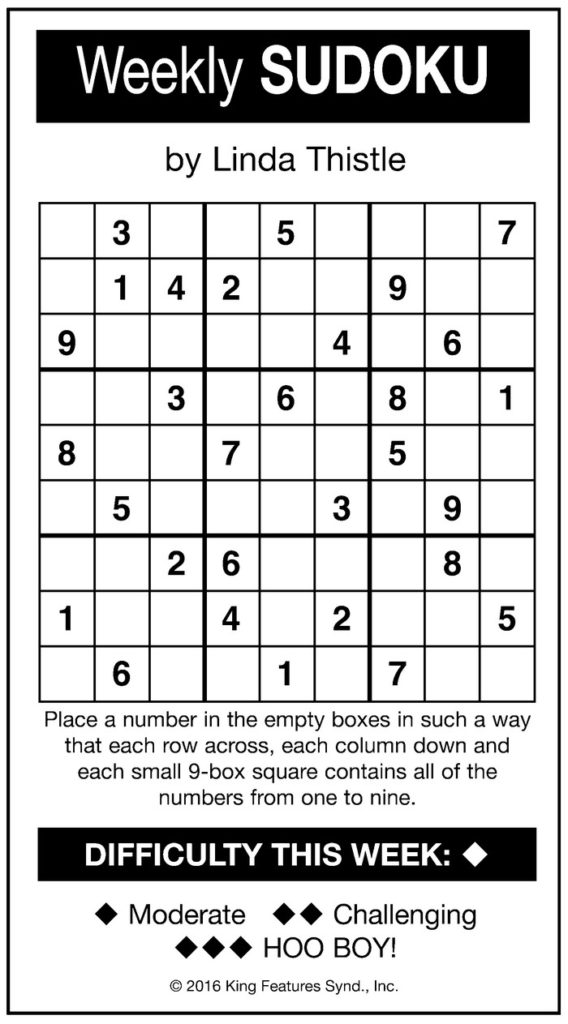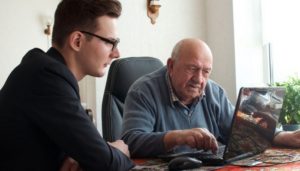by Lori Harasta, with excerpts from https://healthfinder.gov
Caregivers are vulnerable. It is stressful work, both physically and mentally.
About 1 in 3 Americans are caregivers. Most caregivers also have other jobs and spend an average of 24 hours a week caring for a loved one.
Caregivers are more at risk for colds and the flu. They are also more likely to have long-term health problems, like arthritis, diabetes, or depression.
You may be a stressed caregiver if you feel angry, sad or overwhelmed, feel as if you don’t have time to care for yourself, or you are eating and/or sleeping too much or too little. The good news is that you can lower your risk for health problems if you take care of yourself and get support.
Find out about professional and volunteer services that can help:
- Transportation, meals, care management, fall prevention, caregiver support groups: Ventura County Area Agency on Aging http://www.ventura.org/vcaaa, or call 477-7300.
- Respite services to give you a break from caregiving are available through Livingston CareGivers. For more information, call 642-9570
- Ventura Caregivers has volunteers who can help 2-4 hours per week for low income seniors. Call 658-8530.
- If you are caring for a veteran, call the VA Caregiver support line: 855-260-3274
- If you are caring for someone with Alzheimer’s or other dementia, call 800.272.3900.
- Livingston has a caregiver support group in Ojai. Check the calendar: http://lmvna.org/calendar/index.html, or call 642-0239.
If you are feeling overwhelmed, talk with your doctor about depression.
Take care of your body:
Making smart food choices will help protect you from heart disease, bone loss, and high blood pressure.
Being active is not only good for the body; it is a great stress reducer. Aim for 2 hours and 30 minutes a week of moderate aerobic activity, like walking fast or dancing.
Take steps to prevent back pain, like keeping your back straight and bending your knees when you lift something heavy, doing shoulder rolls, and engaging your stomach muscles to counter “computer hunch”
Make sure you get enough sleep. Most adults need 7 to 8 hours of sleep each night.
Manage mental stress:
Start by taking a few slow, deep breaths.
Do something for yourself. Spend time reading, listening to music, or talking to a friend.
Ask a neighbor to visit with your loved one while you take a walk.
Get support from others to help you cope with the emotional stress of caregiving.
Ask for help. You don’t need to do it all yourself. Ask family members, friends, and neighbors to share caregiving tasks.
Don’t let the role of caregiver rob you of the relationship role you once had with your loved one, whether it be spouse, child, or dear friend. Take care of yourself and ask for help!




